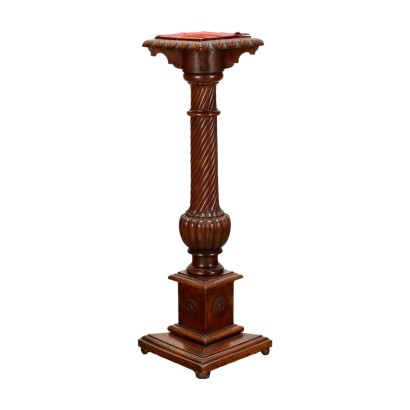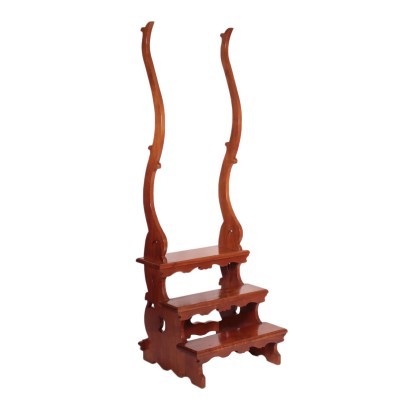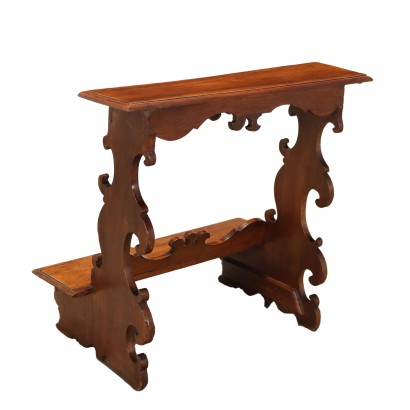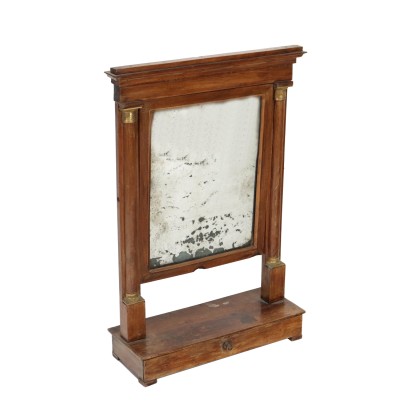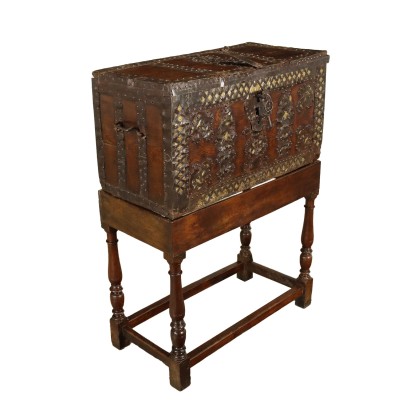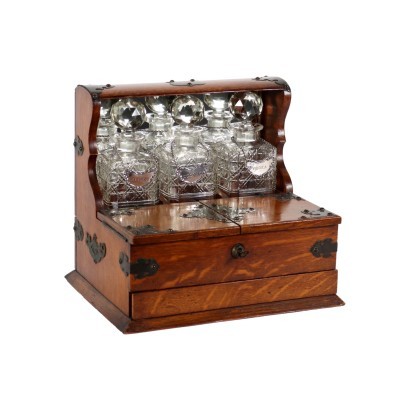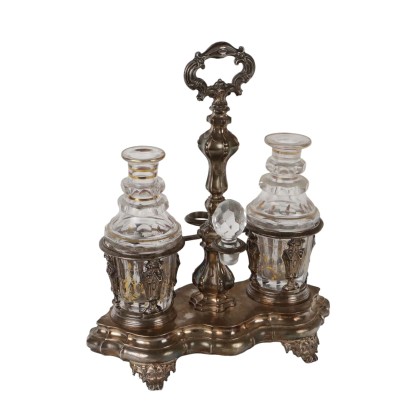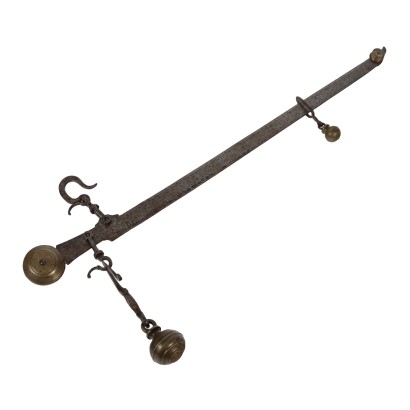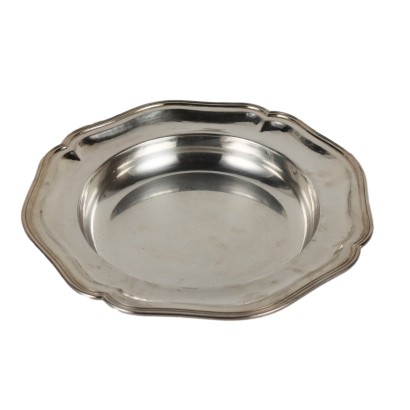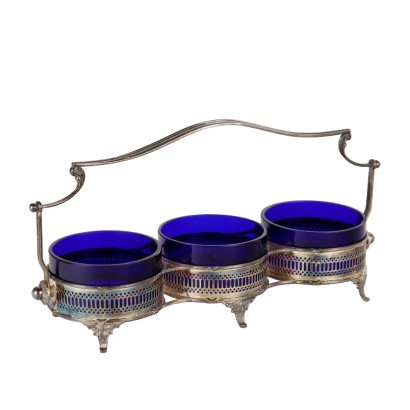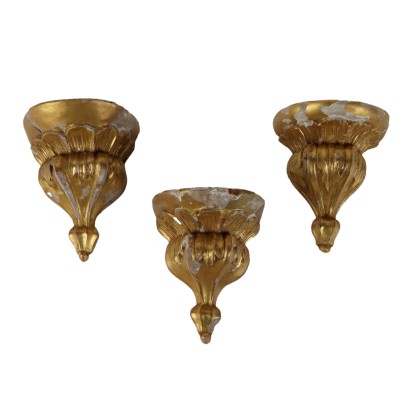Vase-Holder Column Neo-Renaissance Walnut Italy XX Century - Italy, Early XX Century
Features
Italy, Early XX Century
Style: Neo-Renaissance (1820-1890)
Age: 19th Century / 1801 - 1900 , 20th Century / 1901 - 2000
Origin: Italy
Main essence: Walnut
Material: Carved Wood , Velvet
Description
Neo-Renaissance vase support column in carved walnut, Italy, early 20th century. Table top covered in velvet, twisted baluster with ribbed lower section. Molded base with carved rosette.
Product Condition:
Product that due to age and wear requires restoration and re-polishing. We try to present the real state of the furniture as fully as possible with photos. If some details are not clear from the photos, what is reported in the description will prevail.
Dimensions (cm):
Height: 117
Width: 35,5
Depth: 35,5
Additional Information
Style: Neo-Renaissance (1820-1890)
Nineteenth-century recovery and re-evaluation of forms and styles typical of the Renaissance.Find out more with the insights of our blog:
Classic Monday: a neo-Renaissance sideboard in dialogue with the past
The dictionary of antiques - Savonarola



